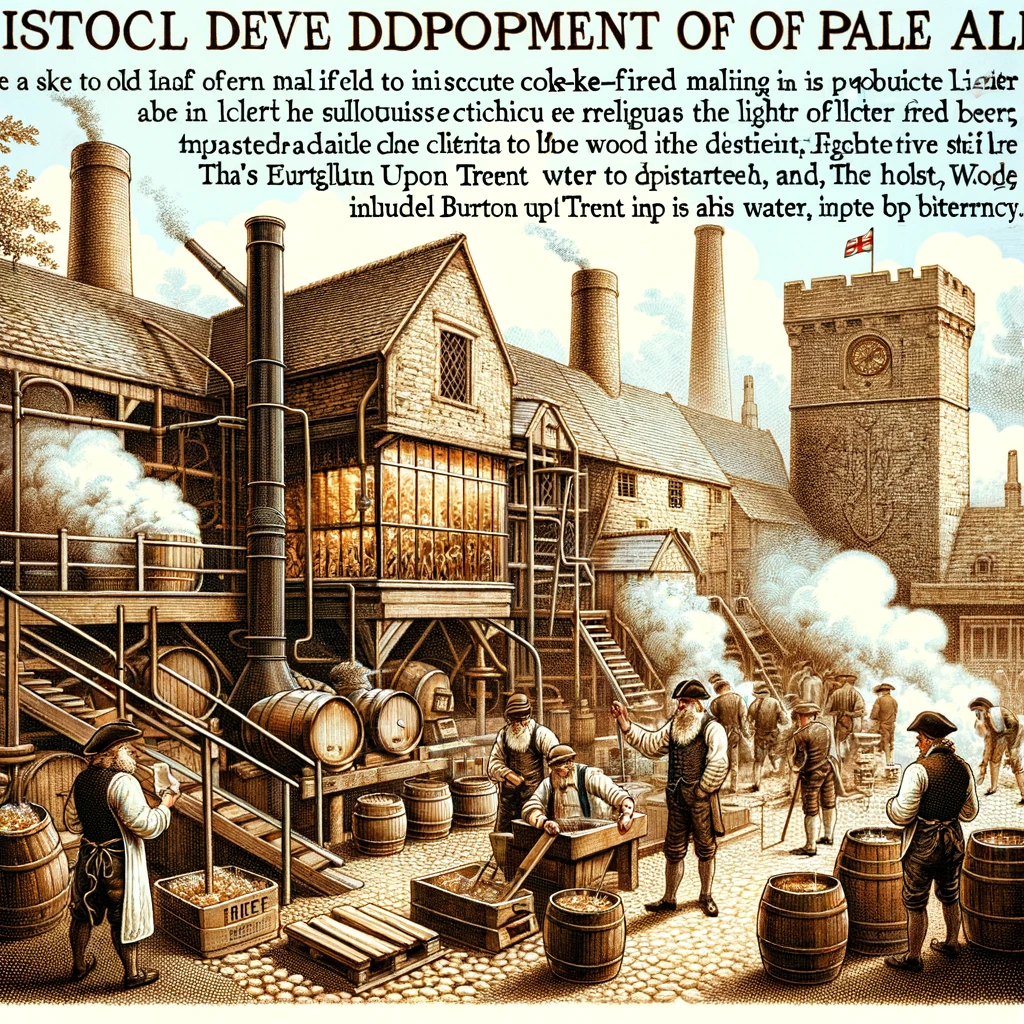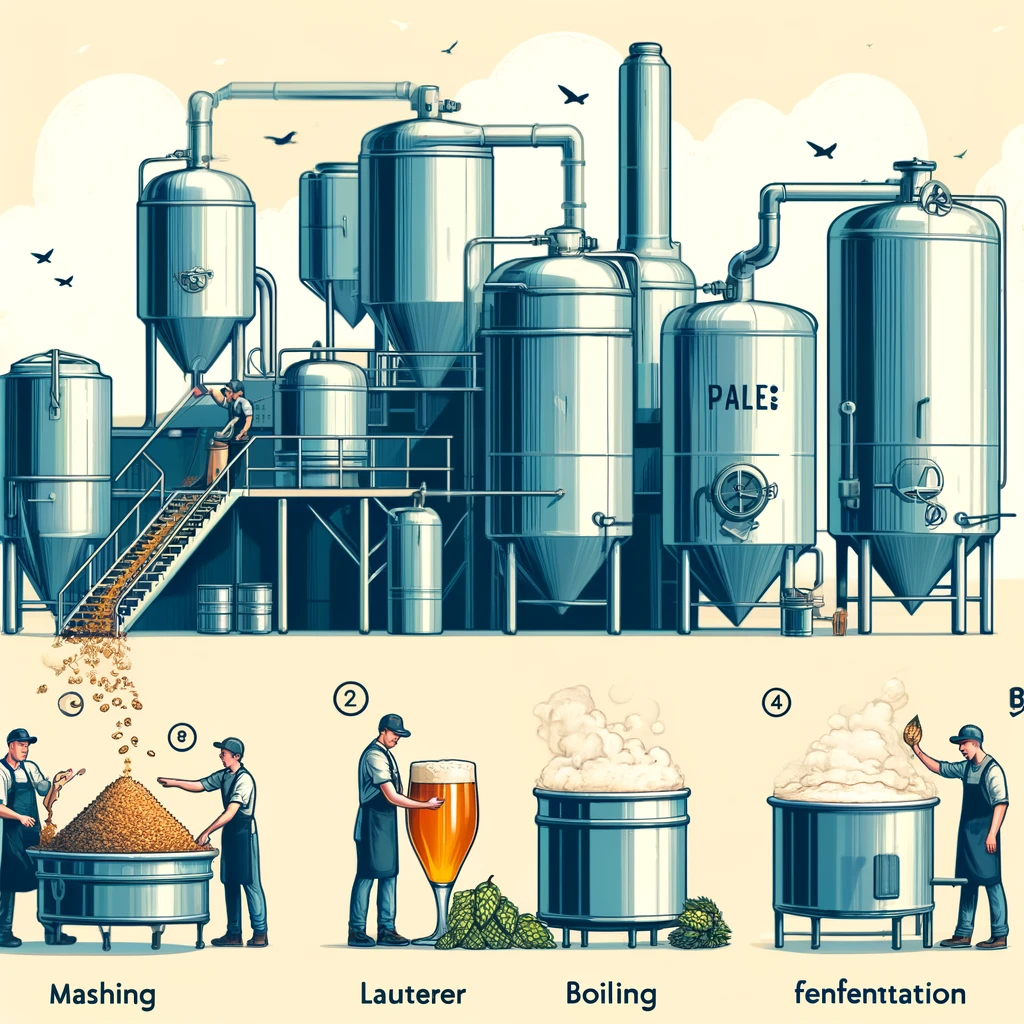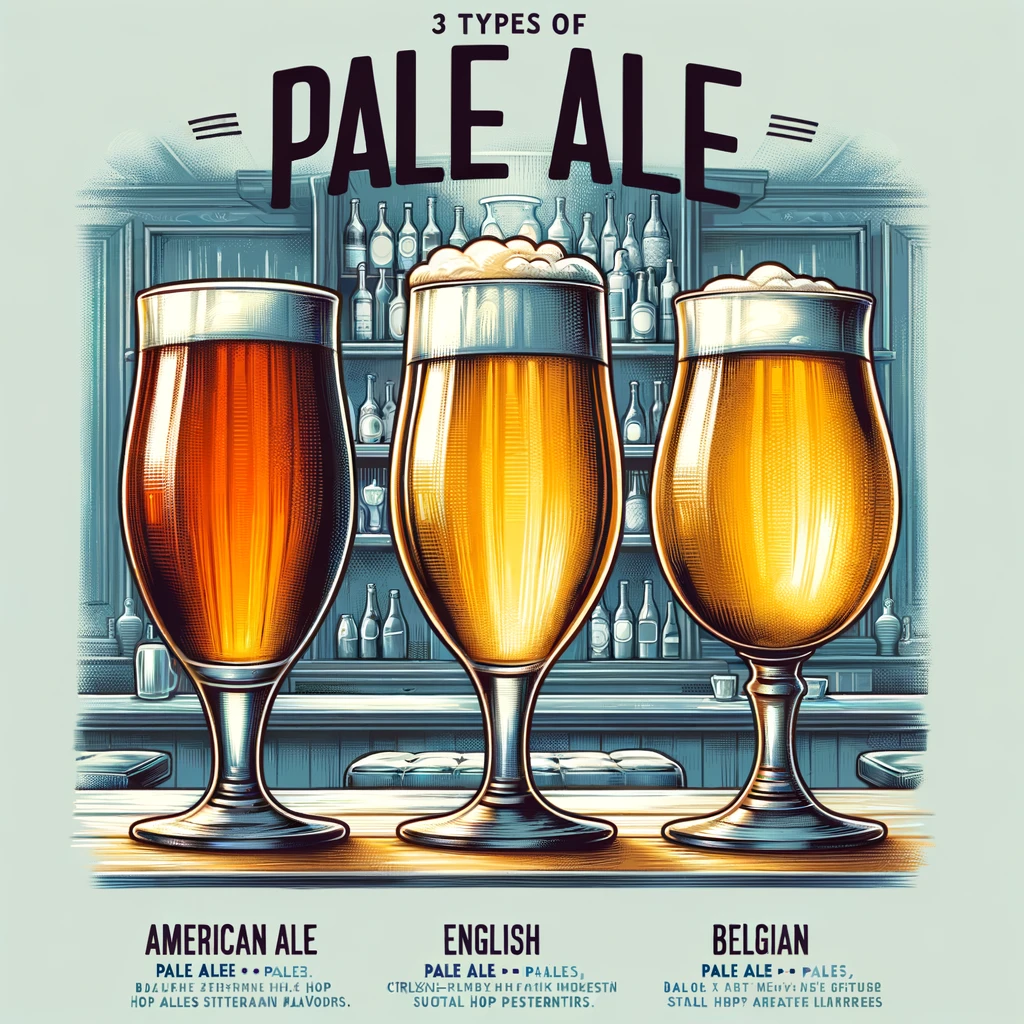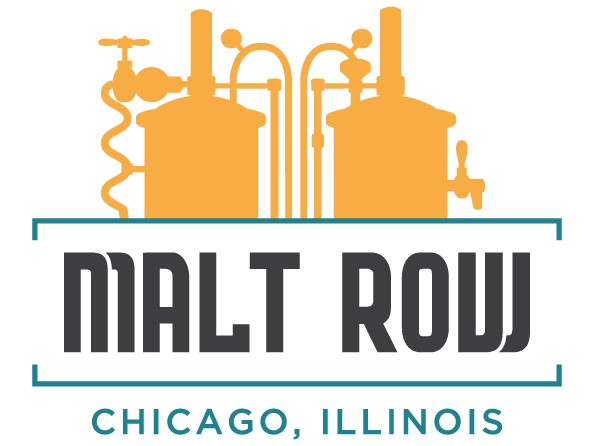Why are Pale Ales often seen as the heart of the craft beer revolution? This versatility and celebrated status stem from several factors. Let’s delve deeper into the unique characteristics of Pale Ales, exploring their traditional roots, the innovative twists that keep them relevant, and ultimately, understanding why they remain at the heart of the craft beer movement.
The History of Pale Ales
Pale Ale’s development in the early 1700s marked a significant evolution in brewing history, originating in England with the introduction of coke-fired malting. This method allowed for lighter, clearer beers by reducing the smokiness imparted by wood fires. In Burton upon Trent, the local water’s unique sulfate-rich profile dramatically enhanced the hop bitterness of these ales, contributing greatly to their popularity across the UK.

In the 1980s, American Pale Ale emerged as U.S. brewers experimented with aromatic local hops like Cascade, leading to a bolder, citrus-flavored version that further spurred the global appeal and popularity of Pale Ales. Meanwhile, Belgian Pale Ales introduced complex yeast-driven flavors, adding another dimension to the Pale Ale family.
Understanding Pale Ales: Ingredients and Brewing Process
Key Ingredients: Pale Ales are distinguished by their use of pale malts and a varied selection of hops, which are essential for creating the beer’s characteristic bitterness and aromatic profile. Pale malts provide a light color and a solid malt foundation, allowing the hop flavors to stand out. The hops themselves are chosen for their flavor and aroma qualities, with different varieties contributing notes ranging from citrusy and piney to earthy and floral.
Also Read: How Beer is Made: From Ingredients to Fermentation
Brewing Techniques: The production of Pale Ale involves several critical steps

- Mashing: Here, pale malts are mixed with hot water to convert starches into fermentable sugars.
- Lautering: The mash is then separated into a clear liquid called wort and spent grains.
- Boiling: The wort is boiled, during which hops are added at various stages to achieve desired bitterness, flavor, and aroma.
- Fermenting: The cooled wort is transferred to fermentation tanks, where yeast is added. The yeast ferments the sugars, producing alcohol and carbon dioxide and developing the beer’s final flavor profile.
Impact on Flavor: The choice of ingredients and their handling during the brewing process critically affect the beer’s flavor. The type of hops used can significantly alter the taste, contributing various flavor profiles that make each Pale Ale unique. Similarly, the malting process and the mash temperature can adjust the sweetness level of the beer, providing brewers with a palette to tweak the balance between the malt’s sweetness and the hops’ bitterness.
Types of Pale Ales
Pale Ales are a diverse group of beers known for their balance between malt and hops, showcasing a variety of flavors influenced by regional brewing traditions. Here’s a closer look at some of the most popular sub-types:

- American Pale Ale (APA): Celebrated for its bold, often citrus-forward hop character, American Pale Ale showcases hops like Cascade and Centennial, which deliver vibrant aromas and a crisp finish.
- English Pale Ale: Known for its harmonious blend of malt sweetness and subtle hop bitterness, this style typically features earthy hops such as Fuggle and East Kent Goldings, offering a smoother, more rounded flavor profile.
- Belgian Pale Ale: Belgian Pale Ales stand out due to their complex, yeast-driven flavors and moderate hopping. The yeast imparts fruity and sometimes spicy notes, complemented by a mild hop bitterness and a supportive malt sweetness.
Also Read: Where is Modelo Beer Made?
Pale Ale’s Role in the Craft Beer Movement
Pale Ale has been instrumental in the evolution of the craft beer movement, serving as a gateway for many enthusiasts into the world of more complex and varied beer flavors. This style’s versatility and approachability have made it a foundational offering at many craft breweries.
- Innovation and Diversity: The adaptability of Pale Ale allows brewers to experiment with a range of hop varieties and brewing techniques, leading to a spectrum of flavors within the same style. This innovation is crucial in maintaining consumer interest and pushing the boundaries of what beer can be.
- Educational Tool: For many new to craft beer, Pale Ale offers an accessible starting point. Its relatively balanced profile of bitterness and maltiness helps educate palates about the potential of well-crafted beer without overwhelming them, making it a key player in expanding the craft beer audience.
How to Enjoy Pale Ales
Pale Ales offer a delightful spectrum of flavors that can enhance any drinking experience, whether you’re a seasoned enthusiast or a newcomer to the craft beer scene. Here’s how to best serve and savor these versatile brews:

Serving and Pairing
To fully appreciate the flavors of Pale Ales, serve them chilled but not too cold, ideally between 45 to 50 degrees Fahrenheit. This temperature allows the nuances of hops and malt to shine through.
Pale Ales pair excellently with a wide range of foods; their balanced bitterness complements spicy dishes such as buffalo wings or a spicy Thai curry, while their crisp finish can refresh the palate when eating oily fish like salmon or robust cheeses like sharp cheddar.
Tasting Notes
When tasting a Pale Ale, take a moment to observe its color, ranging from golden to deep amber, and its clarity, which can vary based on brewing style. Inhale deeply to identify the hop-driven aromas—citrus, pine, floral, or herbal notes are common. Sip to appreciate the complexity of flavors.
The initial hoppy bite of an APA, the subtle sweetness balanced by a gentle bitterness of an English Pale Ale, or the fruity and spicy notes of a Belgian Pale Ale, all reveal the craftsmanship behind each brew. Each sip should finish with a clean and often dry aftertaste, inviting another taste.
The Future of Pale Ales
The landscape of Pale Ales is constantly evolving as brewers push the boundaries of creativity and science. Emerging trends include the exploration of new hop varieties, which are introducing a broader palette of flavors and aromas to Pale Ales, from tropical and fruity to earthy and spicy notes.
Advanced brewing techniques such as dry hopping and the use of non-traditional ingredients like fruits and spices are also expanding the traditional profile of Pale Ales. These innovations not only cater to the adventurous tastes of modern beer enthusiasts but also help maintain Pale Ale’s relevance in an increasingly competitive craft beer market.
As the industry continues to grow, Pale Ales are likely to become even more diverse, reflecting the global influences and technological advancements that shape them.
Conclusion
Celebrating Pale Ale: This enduring favorite commands a special place in the hearts of beer lovers and brewers alike, thanks to its rich heritage and dynamic nature. Pale Ale is more than just a beer; it’s a testament to the craft and creativity of the brewing industry.
Dive deeper into the world of Pale Ales by exploring our comprehensive guide on craft beers or take the plunge and brew your own to truly understand what makes Pale Ales a staple in any beer lover’s collection.
Harold Desir is a seasoned beer enthusiast and expert, with over a decade of experience exploring the world of craft beers and brewing techniques. His deep knowledge of beer styles, brewing processes, and industry trends makes him a trusted voice in the beer community. Harold's passion for all things beer is evident in his engaging and informative blog posts, where he shares his insights, reviews, and tips with fellow beer lovers. Cheers!

